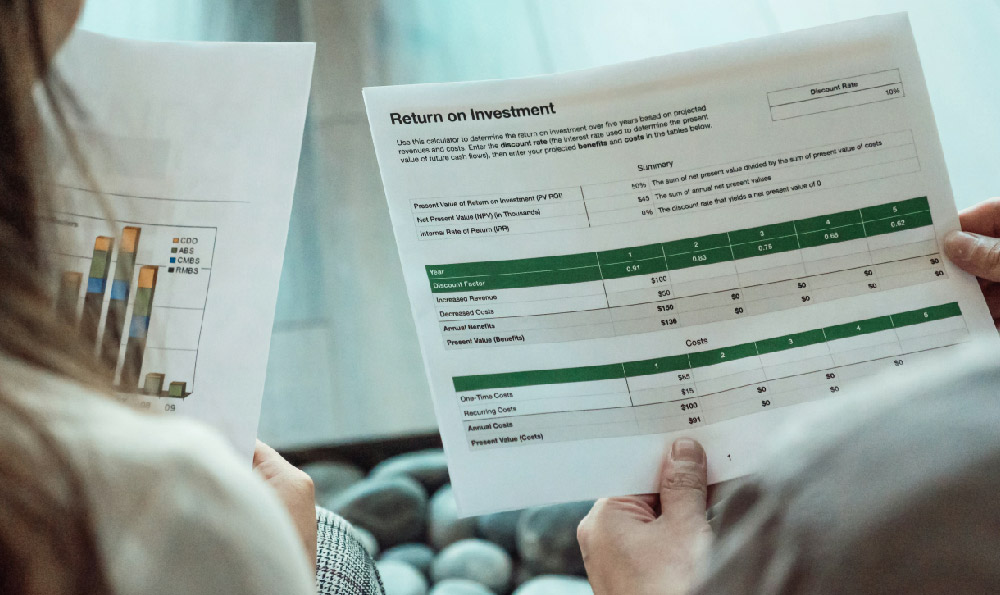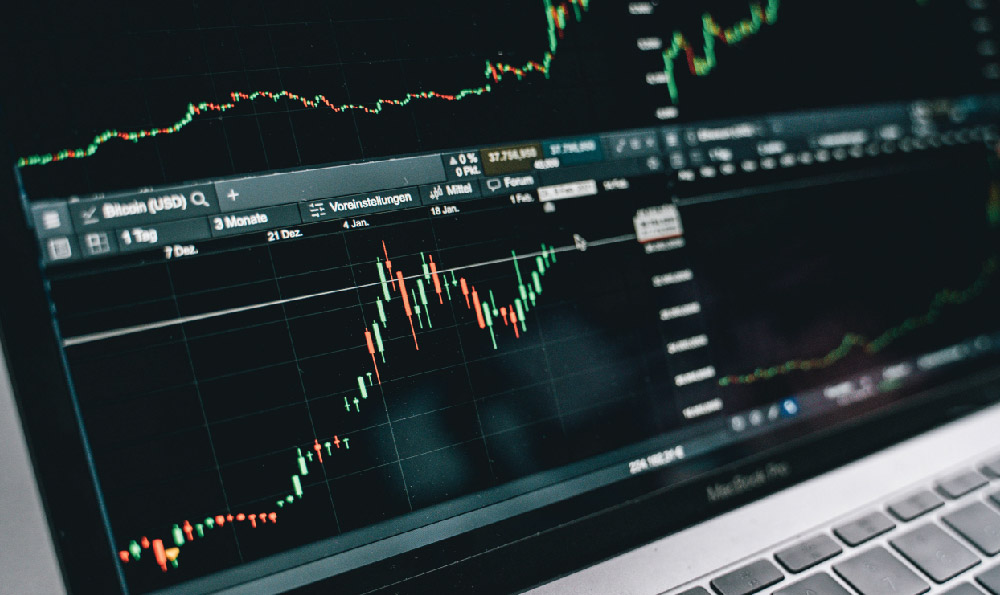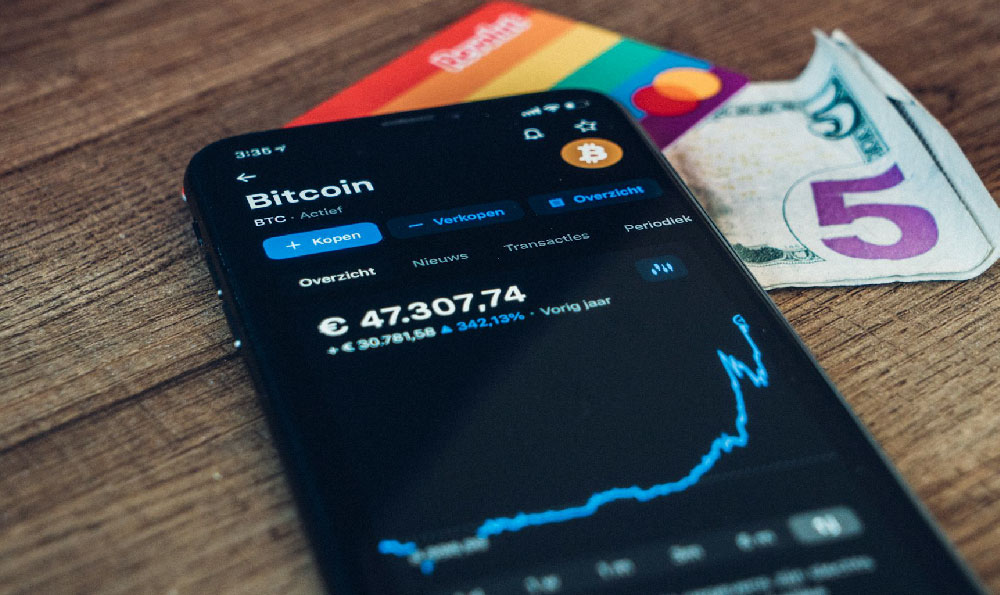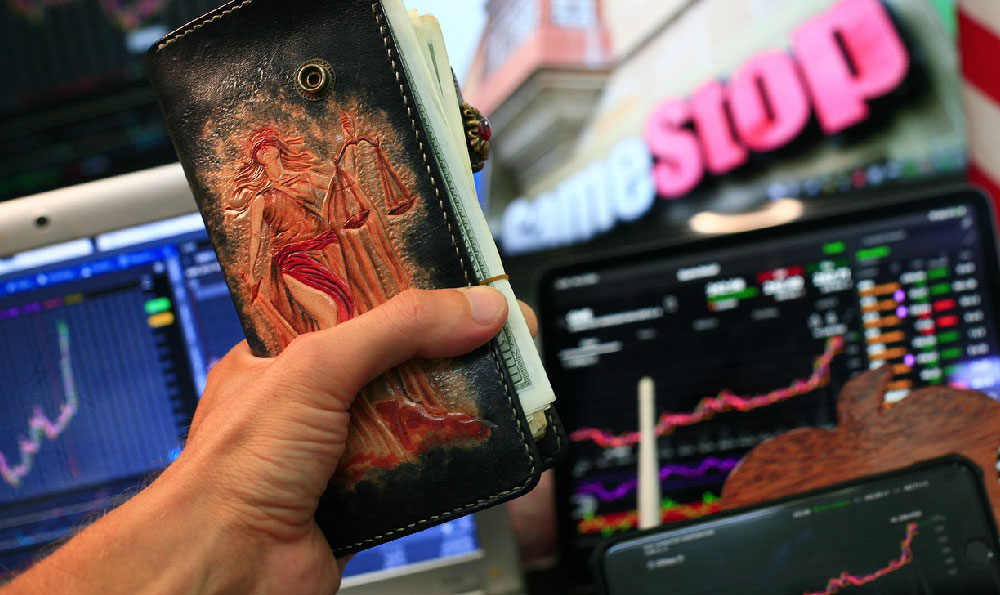How to Make Money Selling Art Online: Strategies and Tips
Selling art online has become a dynamic and increasingly accessible avenue for artists and collectors to monetize their creations, but it also demands a nuanced understanding of market dynamics, consumer behavior, and strategic positioning. Unlike traditional art markets where physical presence in galleries or auction houses is often required, the digital realm offers a global stage, albeit one that requires careful navigation. To succeed in this space, creators must not only master the art of crafting compelling pieces but also cultivate a deep awareness of how to effectively market, price, and engage with audiences across various platforms. The process begins with recognizing that the online art market is fragmented, with distinct ecosystems catering to different types of art, audiences, and sales models, which means a one-size-fits-all approach is unlikely to yield optimal results.
A key factor in leveraging online sales is understanding the unique characteristics of each platform. For instance, while general marketplaces like eBay or Facebook Marketplace attract a broad range of buyers, specialized platforms such as ArtStation or Behance are designed for digital art, particularly 2D illustrations, 3D models, and animations. These platforms prioritize visibility for creators by integrating with communities of artists and design enthusiasts, enabling direct engagement with potential patrons who are actively seeking creative works. Similarly, Instagram and Pinterest serve as visual discovery tools, where high-quality imagery and strategic hashtags can drive traffic to an artist’s profile. However, the success of these platforms hinges on the artist's ability to curate an aesthetic brand that resonates with their target demographic.
Selecting the right art for online sales requires a balance between personal expression and market demand. Artists should analyze current trends by studying auction results, following influential accounts on social media, and monitoring emerging genres. For example, contemporary digital art has seen a surge in popularity, driven by the NFT market, while traditional mediums like ceramics or textiles continue to thrive in niche communities. Additionally, the condition of the piece is crucial; even the most talented artist can fail to capture value if their work is damaged or poorly preserved. Considerations such as the artistic process, the uniqueness of the piece, and its potential for long-term appreciation must be weighed against the practicalities of online visibility and buyer readiness.

Pricing strategies in the digital art sphere often deviate from conventional norms. While physical art markets rely on appraisals and auctioneers, online platforms demand a more data-driven approach. Artists can anchor their prices by referencing similar works sold on the same platform, factoring in production costs and the time invested in creation. However, the digital nature of art introduces complications such as differentiating between originals and reproductions, especially in the case of prints or digital files. Some creators adopt a tiered pricing model, offering lower-cost access to prints while reserving high-value originals for exclusive sales, thereby catering to a wider audience spectrum.
Marketing an art business online hinges on storytelling, consistency, and audience engagement. A compelling narrative that connects the artist’s origin, inspirations, and creative journey can foster emotional connections with buyers, transforming transactions into meaningful exchanges. Visual presentation is equally vital; high-resolution images, detailed descriptions, and curated content help buyers assess the quality and authenticity of the piece. Social media interaction, such as responding to comments, sharing behind-the-scenes content, and collaborating with influencers, can amplify the artist’s reach organically. Yet, it is also important to understand that algorithms favor engagement, so creators must balance authentic interaction with strategic content distribution to ensure their profiles remain prominent.
Navigating the online art market also involves recognizing the risks associated with digital exposure. Authenticity concerns, such as the possibility of counterfeit works, require thorough documentation and, in some cases, blockchain certification to establish provenance. Legal issues, including copyright infringement and platform-specific rules, demand vigilance to avoid disputes or account suspensions. Additionally, the ephemeral nature of online visibility means that creators must continuously refine their strategies, adapting to changing algorithms and audience preferences.
Ultimately, building a sustainable online art business requires patience, as success often unfolds over time. Engaging with art communities, participating in online exhibitions, and leveraging platform-specific tools like analytics dashboards help creators refine their approaches. For collectors, investing in digital art offers the advantage of liquidity, as certain platforms facilitate easy resale of NFTs or digital prints. However, the potential for market fluctuations necessitates a diversified strategy, ensuring that the portfolio spans multiple mediums, styles, and platforms. By combining artistic excellence with strategic online presence, sellers can unlock new avenues for profitability, transforming their creativity into a valuable asset in the digital economy.















